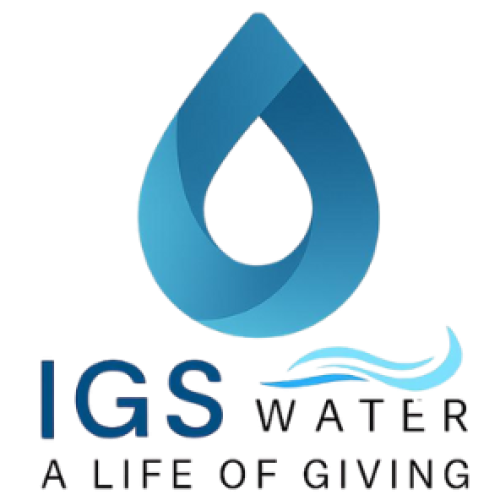A healthy pond or lake is a beautiful ecosystem, but sometimes, nature needs a little help to keep it balanced. If you’ve ever dealt with stubborn algae, murky water, or unpleasant odors, the root cause might be a hidden issue called stratification.
Fortunately, modern solutions like advanced Pond Aeration Systems—often referred to as Destratification Systems—can restore your water body to its vibrant, healthy state.
Here is an educational dive into what stratification is, why it’s harmful, and how a specialized aeration system works to fix it.
1. What is Pond Stratification, and Why is it a Problem?
In nature, lakes and ponds form layers based on temperature and density, a process called stratification.
- Top Layer (Warm): Water warmed by the sun is lighter and sits on top. It is rich in oxygen because of surface interaction with the air.
- Bottom Layer (Cold): Colder, denser water settles at the bottom. This layer is often stagnant and has little to no oxygen because it is cut off from the surface.
This lack of oxygen at the bottom creates a dangerous environment. Organic materials (dead algae, leaves, etc.) decompose without oxygen (anaerobically), releasing nutrients like phosphorus and creating noxious gases. This cycle fuels excessive algae growth, reduces water clarity, and creates an inhospitable environment for fish and aquatic life.
2. The Solution: Artificial Destratification
A Pond Aeration System combats stratification by introducing artificial circulation.
Instead of relying on slow, natural mixing, these systems actively draw water from the stagnant, lower depths and bring it to the surface, breaking up the distinct temperature layers. This process equalizes the temperature and, most importantly, distributes oxygen throughout the entire water column.
3. How the Aeration System Works: The Science of Circulation
Systems like the one provided by IGS Water Solutions use a powerful, multi-step process to ensure complete water health:
A. Recirculation and Intake
The system uses a water intake manifold installed low in the water table to draw water from the deepest, most stagnant parts of the pond. This ensures that the poor-quality water is specifically targeted for treatment.
B. Conditioning and Turbulence
The drawn water is first passed through a specialized Water Conditioner. This chamber is designed to create areas of high and low pressure, generating intense turbulence. This turbulence initiates subtle, positive changes to the minerals and nutrients in the water, preparing it for maximum oxygen absorption.
C. Aeration and Thermal Flow
Finally, the conditioned water is mixed with air in the Aerator Chamber. This oxygenated water is then released back into the pond. The infusion of air rises to the surface, creating a continuous thermal flow that drives circulation, ensuring that warmer, healthy water cycles up and oxygenated cooler water cycles down to the depths.
4. The Transformative Benefits of Aeration
By restoring natural circulation and oxygen levels, a Destratification System delivers a host of benefits that transform a struggling pond into a thriving ecosystem:
- Algae Control: By oxygenating the bottom layer, the system reduces the release of nutrients like phosphorus from the sediment. Since phosphorus is the primary food source for algae, reducing the sediment phosphorous load starves the algae, drastically reducing its growth.
- Elimination of Odors: Low-oxygen decomposition creates foul odors. Increased oxygenation removes these anaerobic conditions, dissipating unpleasant smells.
- Healthier Aquatic Life: Fish and beneficial aquatic plants thrive in high-oxygen environments. Improved water quality leads to more active and healthier fish populations.
- Improved Clarity and Quality: The circulation and algae reduction lead to water that is noticeably clearer and more vibrant, restoring the pond’s aesthetic appeal.
- Full Water Health: The circulation ensures that the entire water body is mixed, keeping the water healthier from top to bottom.
In summary, a pond aeration system is more than just a fountain; it is a vital water management tool that leverages science to restore the natural balance of your pond, resulting in a cleaner, clearer, and more vibrant ecosystem.

